I’ve had some fun since reviving my silver-based photography in 2018. But I’ve become quite disillusioned with it in the latter phases of the Covid apocalypse. In particular, the travel I used to do for business, which took me to places that stimulated my curiosity and offered stories to tell with pictures, has not been happening. I’m fortunate enough to have been in continuous employment, so I’ve had money to spend on cameras and lenses, but they, and I, have had nowhere to go and nothing to do outside my home office. It has, frankly, been getting me down.
But the First Mrs W and I did manage a night away in Brighton in July, my first visit there for ten years. And, for once in a damp summer, the sun shone. And I packed a roll of Provia 100F, with a recently-acquired Nikkormat EL to put it in. The EL takes my two 1960s Nikkor wideangles ‘natively’, without the compromises and risks of using them on my FE, so I can enjoy their occasional naughtiness when the sun appears.
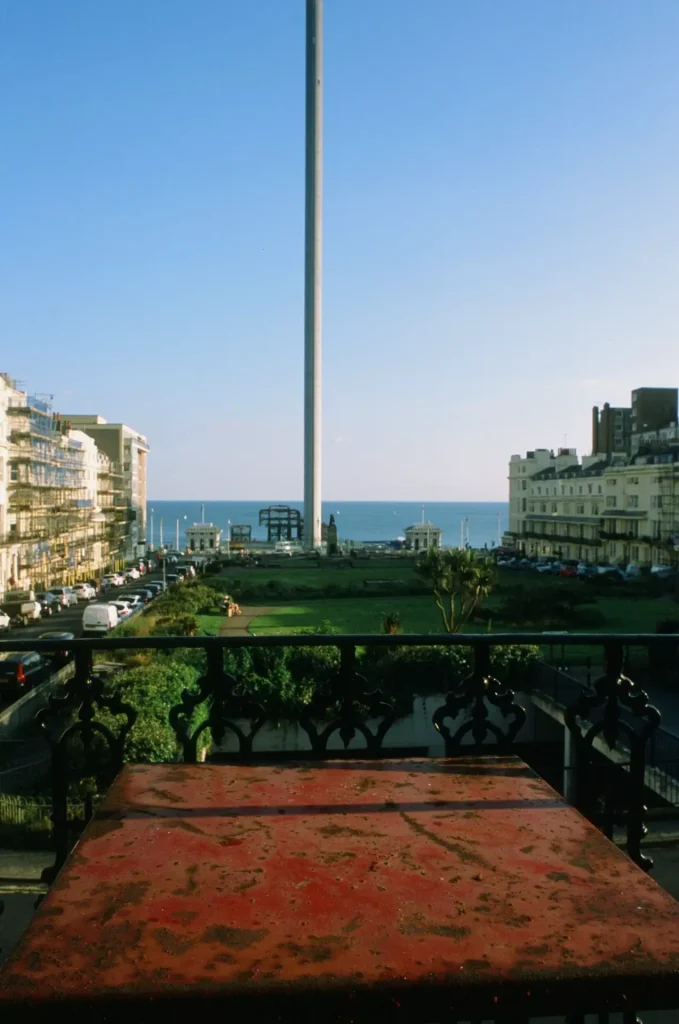
The consumer-review part, half a century late
My EL came with its box and 48-year-old manual and still does everything it ought to. It has a microprism-only focusing screen; apparently, some ELs were equipped with a split-image one, but they’re not user-replaceable as the FE’s screens are. Nor does this early auto-exposure camera have an exposure compensation dial, so modifying the meter’s advice means fudging the ISO — ASA if it’s still 1973 — or switching to manual.
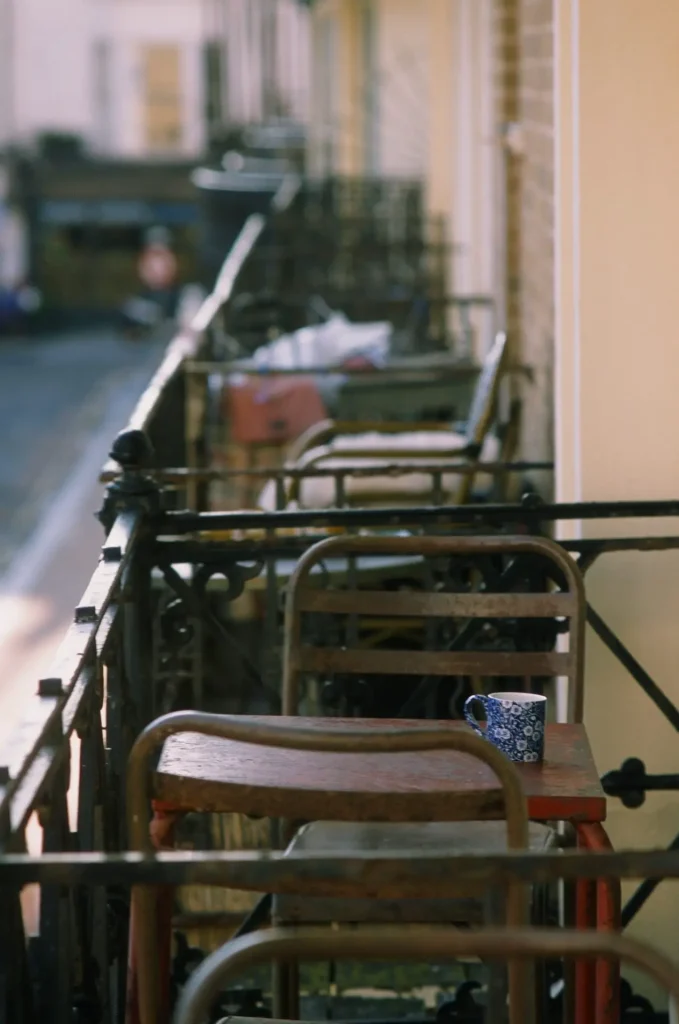
Fortunately, the EL does manual very well indeed. This — as far as I know anyway — was the first appearance of the brilliantly simple ‘match needle’ system that continued right through the FE series to the FM3a of 2001. A moving black needle shows the meter’s recommended shutter speed against a scale on the left of the viewfinder; a translucent green bar shows the speed selected on the dial. It’s intuitively easy to go one side or the other of the metered value, while always knowing both your relative and absolute setting. It’s like navigating with an interactive map rather than ‘left here, right there’ directions; you always know where you are and how to get back to safety. It’s simply the best meter display on any camera I’ve used.
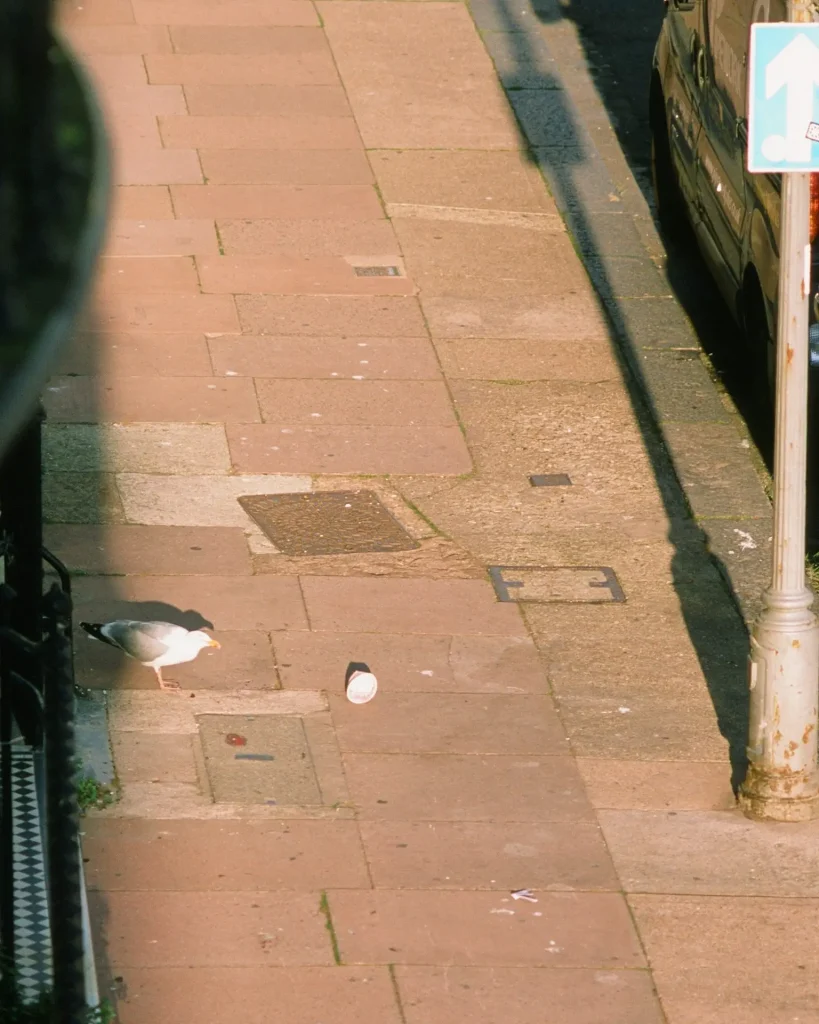
I’d had a Nikkormat before, an FTn that was a little too bare-bones for me, but the EL is a very different beast. It has that old-school heft but otherwise it feels and works like the FE. This is a good thing. It requires remarkably little change of workflow from a modern photographer: set an aperture, check the meter’s speed reading, compose, focus, shoot. It’s pretty much what I do with my Fuji digital kit.
What the Fujis – and Nikons even slightly younger than the EL – don’t require, of course, is the baroque Nikkormat lens mounting ritual: not just remembering that Nikon bayonets twist the wrong way, but first setting the aperture ring to f/5.6 to align the meter claw with the pin on the camera before slotting the lens in, running the aperture ring to each extreme in turn, then checking on the tiny 5.6-2.8-1.2 scale that it’s registered the correct maximum value. It’s an amusing mechanical curiosity that also enables this camera’s unique ability to offer auto-exposure with unmodified 1960s lenses but it’s clunky by even 1970s standards, requires both hands and carries a significant risk of dropping a lens while fumbling with caps, aperture ring, body and bag. Modern cameras do it better.
Out and about at last
This didn’t bother me on our evening stroll as I took only the old 35/2.8 with me – and because Mrs W1 was eager to get to the restaurant and impatient with me stopping to frame possible shots.
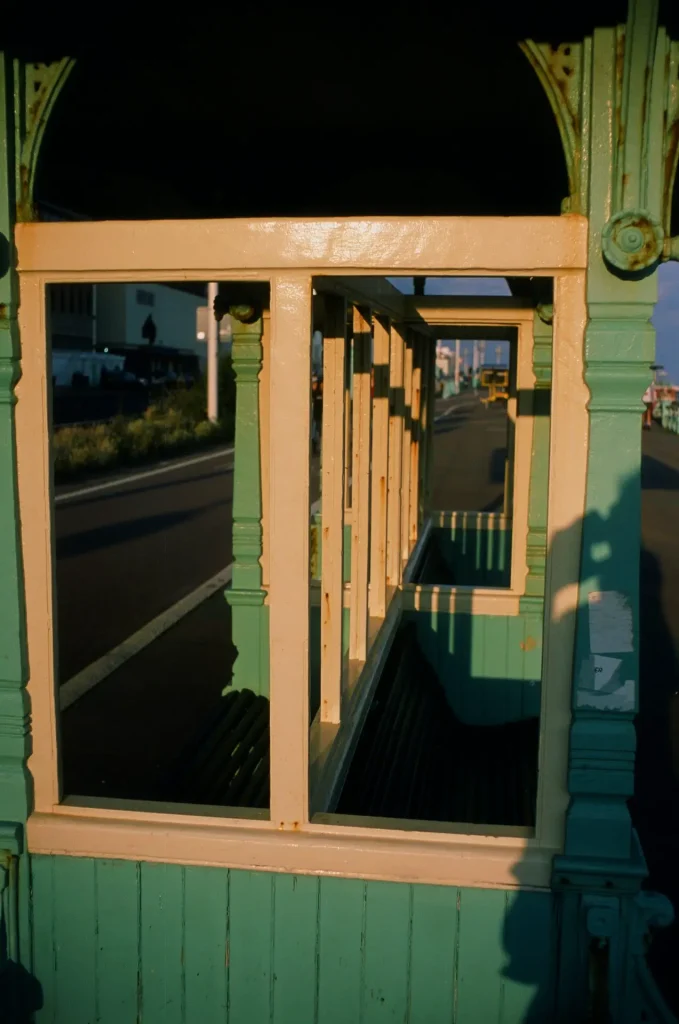
But I did grumble inwardly about it as we explored the following morning, using the 135/2.8 – also on its first outing – for details of buildings, and the little 50/2 for views of shop fronts and alleyways.
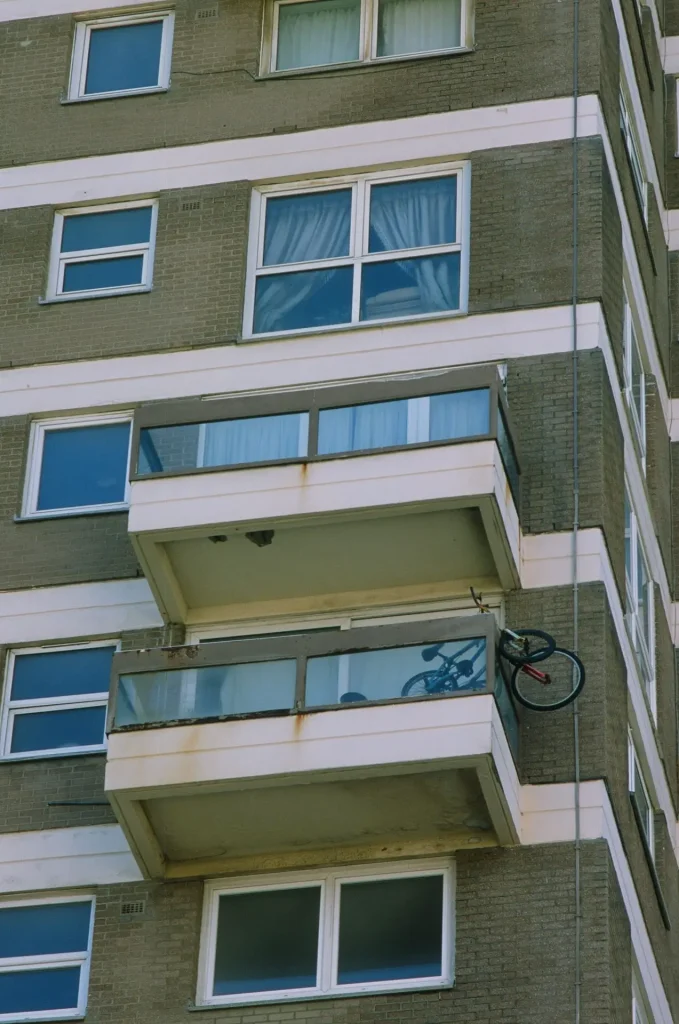
The reward
So what of the results? I was beginning to think it was time to give up on slide film, as it’s easy to waste with careless exposure and it’s become hideously expensive. And then I get a set of transparencies back from the lab and it’s that old feeling again: these things are just so PRETTY!
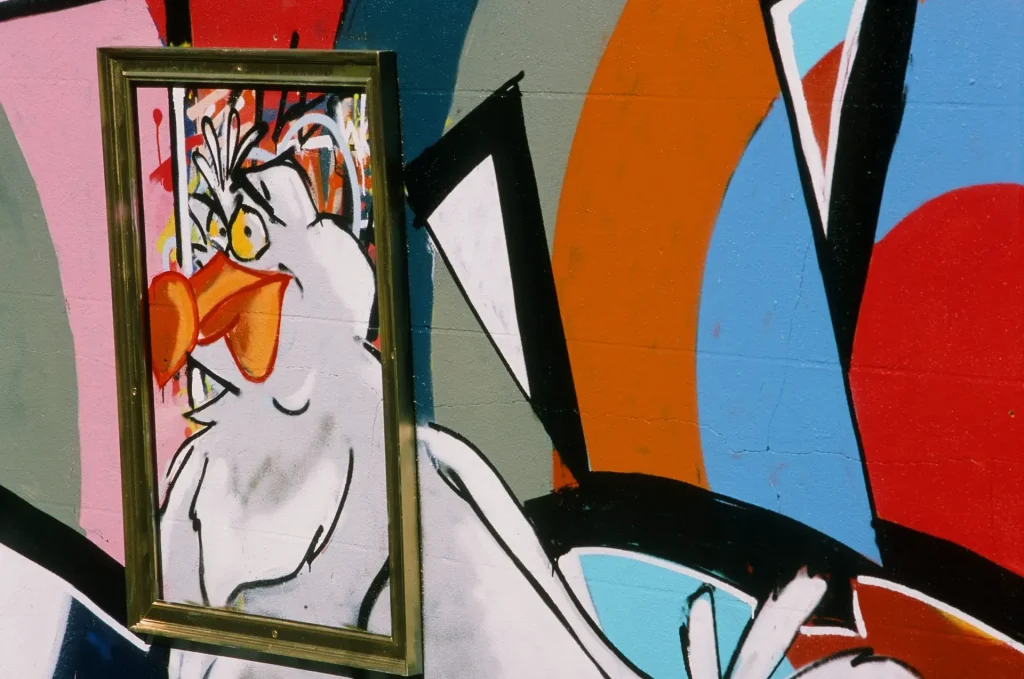
And this is the heart of this article; we all have something that draws us back to film and this is mine. Yes, it’s an expensive way to take pictures and it’s practically useless once the sun goes down, but opening that little package, unfolding that sheet of little coloured jewels and thinking, ‘I made that!’ just lifts my spirits like nothing else.
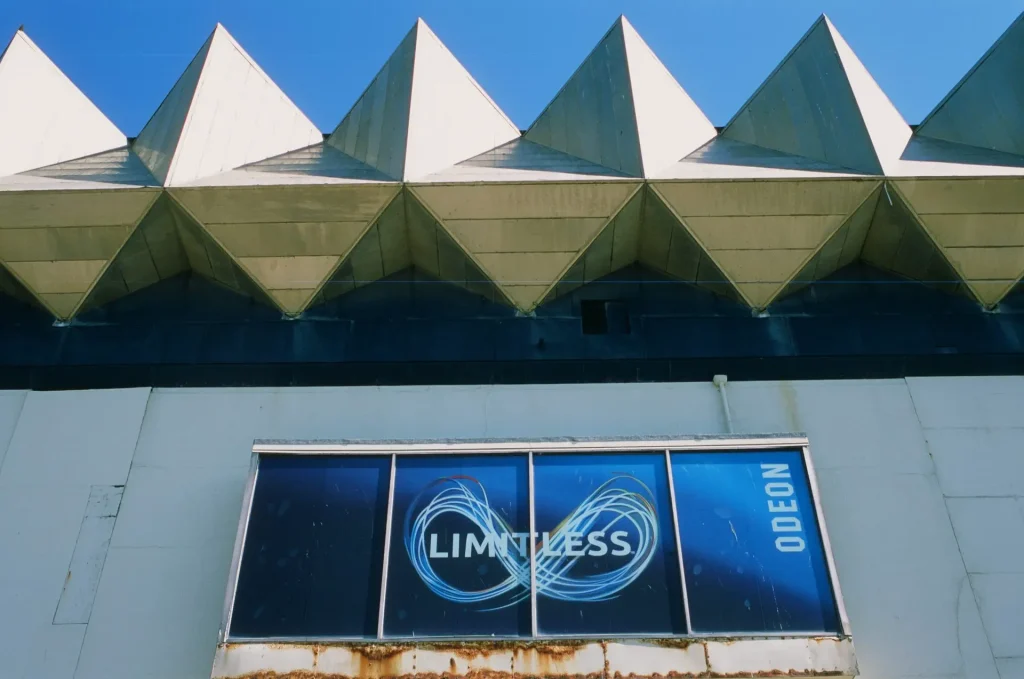
So I’ve ordered more Provia, because that’s the slide film I really like, and I’m going to continue for a while yet. The EL behaved faultlessly; there’s only one frame out of 38 that I consider slightly mis-exposed – although still usable – and even with the microprism screen and the 135mm, I’ve done well enough on the focusing front too.
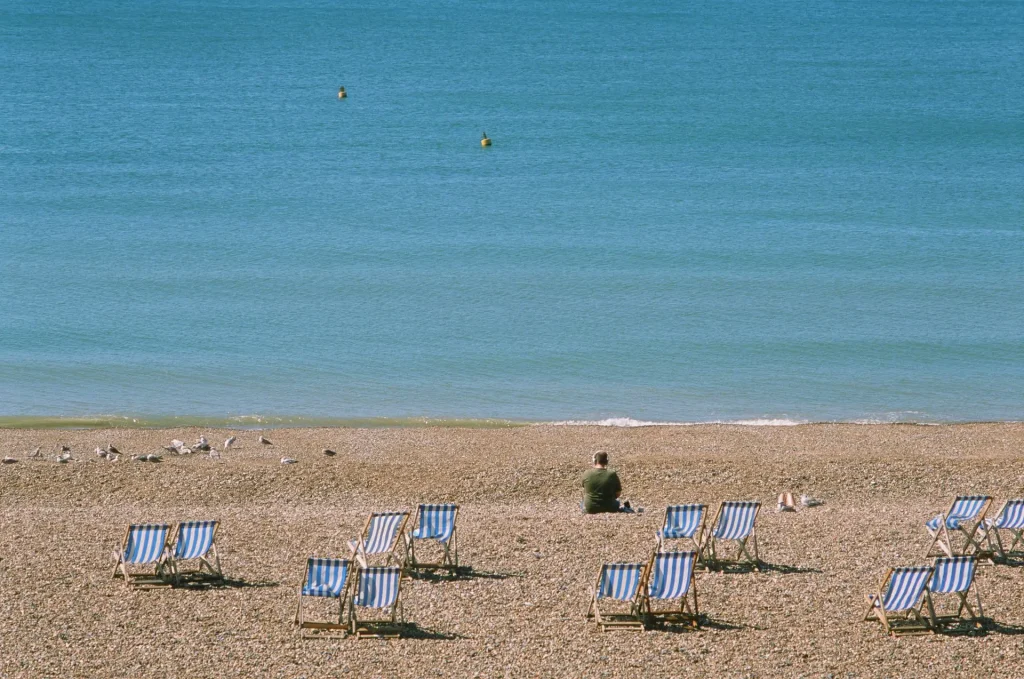
All the lenses did well too – although in bright light and mostly stopped down, I’d have been surprised if they hadn’t. There’s one little piece of six-blade misbehaviour from the old 35mm – which I was secretly hoping there would be.
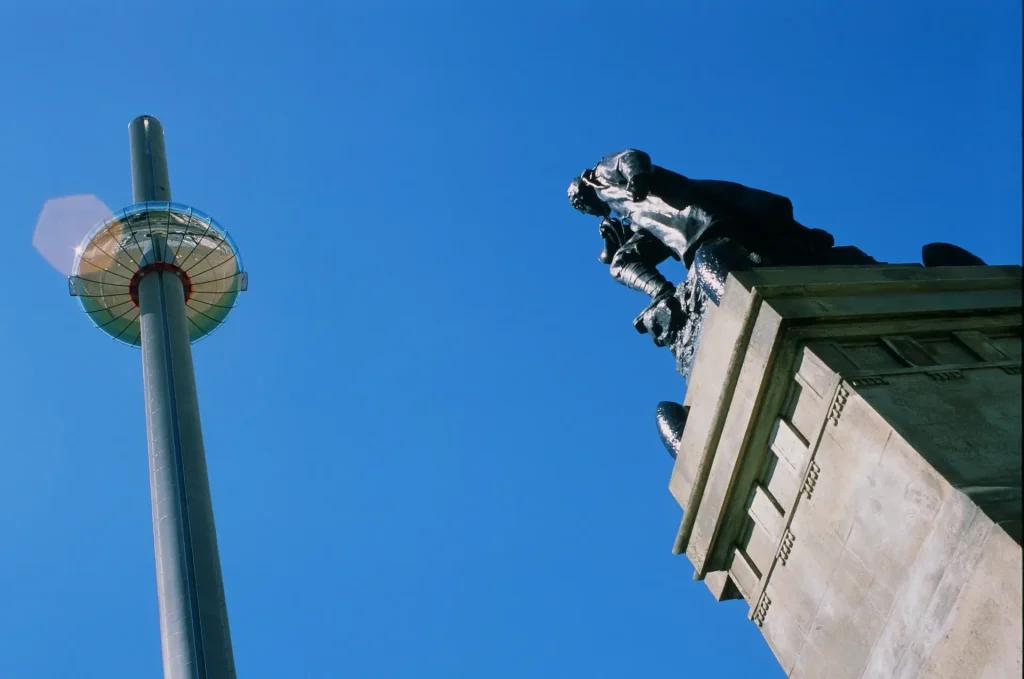
I usually conclude my 35mmc pieces by resolving to get rid of the kit I’ve just been using. I probably ought to do the same here; five Nikon bodies is at least three too many. Do I really need the EL as well as the FE? Or that ancient lens, when I have a newer 35/2.8 with coatings that would not have put that hexagonal ghost in the war memorial picture, and which works with all the functions of all my Nikon cameras? Of course not, but they’re fun to use, and I wouldn’t get much for them anyway, so where’s the harm?
Thorsten’s charming piece here, from a trip with one camera and just a 35mm lens, makes me think I could try something similarly minimal, with the EL and the old 35/2.8. But I’ll do mine in colour, with slide film. Because I don’t think I’m ready to give that up just yet.
Share this post:
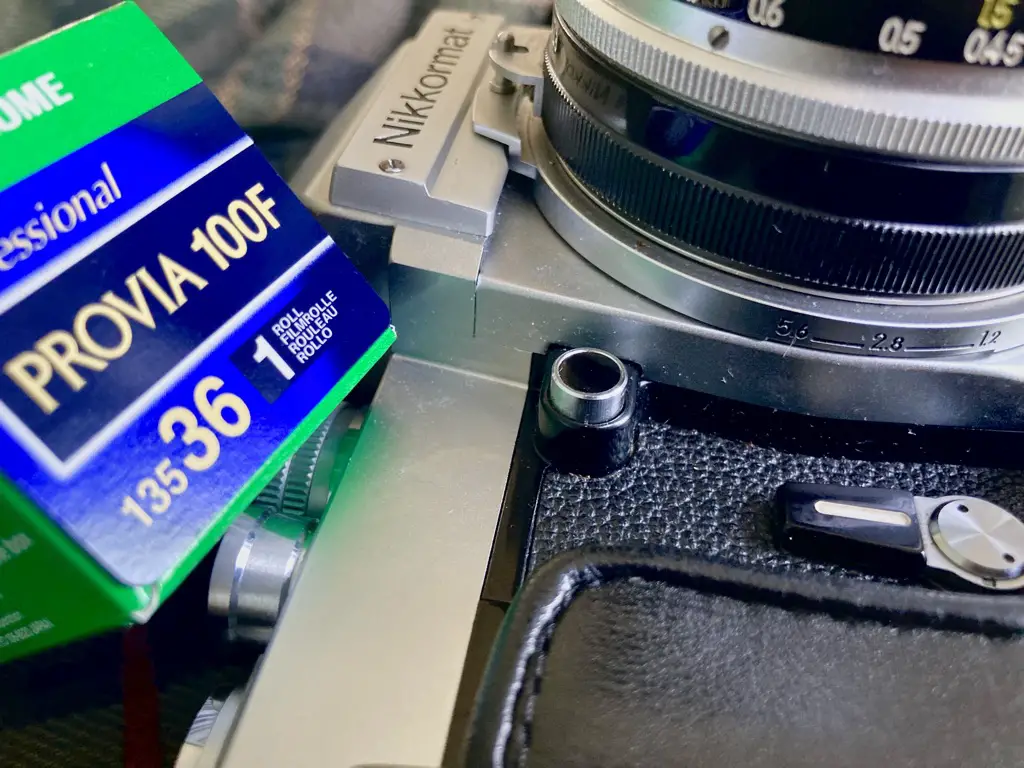








Comments
Benno Karkabe on Nikkormat EL Mini Review – A Trip To The Seaside with Fuji Provia 100F – By Clive Williams
Comment posted: 02/11/2021
thorsten on Nikkormat EL Mini Review – A Trip To The Seaside with Fuji Provia 100F – By Clive Williams
Comment posted: 02/11/2021
Great that you used the Provia. as I just returned from the beautiful english south with two rolls HP5, after I schlepped the F3 from Dungeness to Weymouth. All I need to do is print the five frames now, and get back to you! Best! /t
Comment posted: 02/11/2021
Lee on Nikkormat EL Mini Review – A Trip To The Seaside with Fuji Provia 100F – By Clive Williams
Comment posted: 02/11/2021
In particular I went for the Nikkormat FT2 for several reasons. First, it takes easy to find and cheap LR44/SR44 batteries instead of mercury cells like previous Nikkormats. Second, it has a focusing screen with both split prism and microprism focusing aids. Third, it has a hot shoe and provides the option of easily using flash both on and off camera. Fourth, the ASA selector tab has a locking mechanism making it much less likely to shift during normal use. Because of these features, I think the FT2 is the best Nikkormat of the bunch. Unlike the EL, it doesn't try to bridge the gap between fully mechanical and electronic autoexposure. The FT2 is a camera with a firm identity, basically the last heavy and brick-like camera Nikon made for amateurs before adopting a lighter chassis. I love my FT2 and think it's a joy to use. Mine came with a late model 50mm f/2 pre-Ai lens which is also a good performer.
Lee on Nikkormat EL Mini Review – A Trip To The Seaside with Fuji Provia 100F – By Clive Williams
Comment posted: 02/11/2021
https://emulsive.org/featured/how-to-save-money-with-a-nikon-pre-ai-camera-system
Comment posted: 02/11/2021
Comment posted: 02/11/2021
Comment posted: 02/11/2021
Comment posted: 02/11/2021
Mark on Nikkormat EL Mini Review – A Trip To The Seaside with Fuji Provia 100F – By Clive Williams
Comment posted: 02/11/2021
When does W2 appear?
Comment posted: 02/11/2021
David Hume on Nikkormat EL Mini Review – A Trip To The Seaside with Fuji Provia 100F – By Clive Williams
Comment posted: 03/11/2021
Comment posted: 03/11/2021
Comment posted: 03/11/2021
Dan Castelli on Nikkormat EL Mini Review – A Trip To The Seaside with Fuji Provia 100F – By Clive Williams
Comment posted: 03/11/2021
Jay dann Walker on Nikkormat EL Mini Review – A Trip To The Seaside with Fuji Provia 100F – By Clive Williams
Comment posted: 22/02/2023
Last year I decided to put my digital Nikons aside for a while, and dug out my two Nikkormat FT2s from the carton where I had stored them back in - 2008 or 2009? That's when I first went digital with a D90, then a D700, now a D800. Fifteen years, but seems more like fifteen centuries ago Too long.
I bought those FT2s around 1980 when they were still relatively new and super expensive. Paid a lot for them as I was then on a fairly low income and every dollar had to be made to work for me. I recall I paid about AUD $250 for each one. I looked after them and used them carefully for 20 years until digital took over in the mid-'00s, but even then I waited four years until the D90 came along and I decided it was worth moving into The Big D with. So for the next decade and a half, the FT2 went into storage and mostly languished, I did ten them out at least once every year to put them thru their paces, but that was all. Even then I stopped that about 2015 or 2016 and just forgot about them. Sad, but there you are. .
Lenses next. I still have Nikkors (the old F versions from way way back), 28/3.5, 35/2.0, 50/2.0. Also a 55/3.5 macro but I can't seem to find that one, it's somewhere at home, but. But.
Also about 80 rolls of old film, mostly B&W but a surprising lot of quite good color negative as well, wasting away in my darkroom fridge. Time to take it out, I decided, and put it to use.
I now go out with one Ft2, two lenses and two rolls of film. My go-to lens is the 35, my second lens the 28, my third lenses - yes, in the plural, this is a combo of two, my 20/2.8 D bought almost ten years ago and hardly used, and my 85/1.8D, which has seen more use in my Asia travels but of late has also languished unloved in a lens bag.
I no longer use the built-in meters. Usually when I go out, I have a Gossen Luna Pro or my old, old ever reliable Weston Master V in one of my pockets. That Weston I bought the same year as the Nikkormats, and it still works pretty much as good as it did back then. Westons are okay in sunny daylight but otherwise not so reliable in dimmer light situations. The Gossen is much better, but the Weston is more fun to work with, and it makes me think about where I want to place the light value for my negatives.
Returning to film has really lived up my creative photography. Now I mostly shoot far less and take more time to think out my images, look at various angles and make every shot count. Gone are the days when I would "machine-gun" images with my digital gear, which I still use, but admittedly only for about half the time now, and when I go take out a D800, I find I'm doing much the same as when I'm out and about with a Nikkormat. I think out and plan my images before I take them. The results ar much better and I find I'm much happier and generally more satisfied with my day's shooting. Less is... not more, but certainly better.
Unlike David, I no longer shoot slide film. It's too expensive for one thing, I can use my digital Nikons for color work, and I prefer B&W better anyway for a more "classical" look. I have all the Nikon filters and a K2 now resides on each lens on those Nikkormats. I have about 25 color negative cassettes left in my film stash, but when I've used those I probably won't buy any more. Monochrome it will be, for what time remains for me to go out and make pictures.
Someone I know wants to sell an old Nikon 20/3.5 and a 28/2.8, both with caps and hoods. when I bought my D800s I solemnly promised my SO that I wouldn't buy any more camera gear. Now I'm tempted, and thinking about how I can sneak those two superb lenses into the house without being caught out and likely "fined" a candle lit dinner with good champagne as punishment/reward. Come to think of it, I may just put them on the kitchen table, and book the restaurant. Win-win!
Shooting film takes me into a world all its own. It makes me feel as if my long (I'm well past 70) life has come full circle and I'm on that karmic wheel of retribution. And why ever not?
Dann in Melbourne Australia